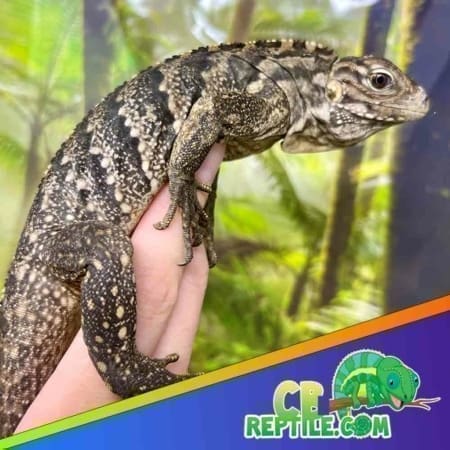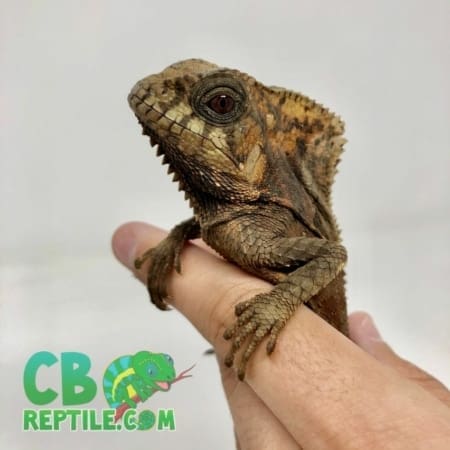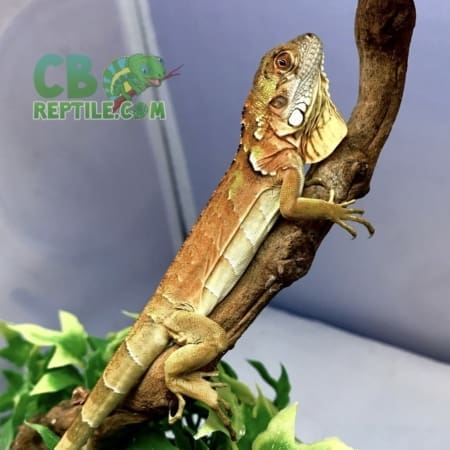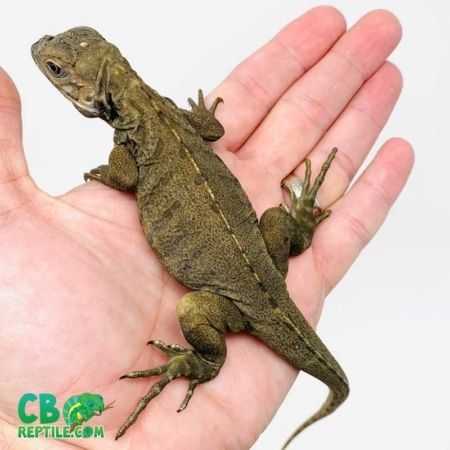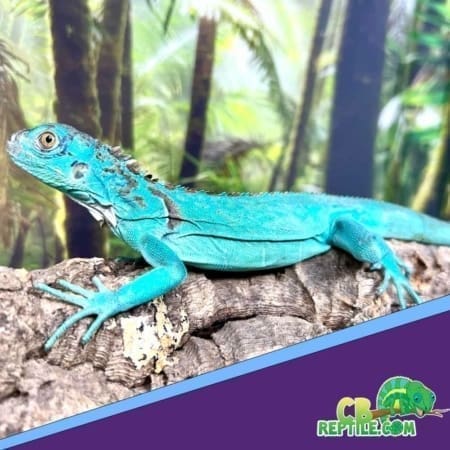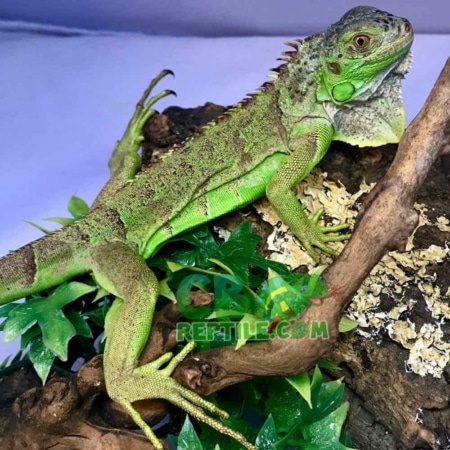Rhino Iguana feeding
Rhino Iguana Diet- We recommend feeding your juvenile rhino iguana freshly grown organic greens, vegetables, fruits and flowers with alfalfa supplements. It is very important that iguanas get proper nutrition through their lives and especially the first few years.
Rhinos favorite greens and vegetables are: collard greens, dandelions, mustard greens, turnip greens, watercress, tatsoi, bok choy, butternut squash, carrots (occasional only), nasturtium flowers or leaves, hibiscus flowers, fresh figs (when in season), mango, papaya, etc. There are many other plants that can be fed to your iguana.
Proper Sized Rhino iguana diet
We use these proportions when making iguana salad: 80% greens, 20-15% vegetables, NONE-5-10% fruit all year round, plus just a sprinkle of dry alfalfa supplement. We recommend chopping greens in very small bite-size pieces that would fit easily in juvenile’s mouth. Hard vegetables like winter squash should be peeled and pureed into consistency of “baby food” and mixed well with greens. As your iguana gets bigger you can adjust the bite sizes accordingly.
Fruits and the iguana
Fruits are always popular with iguanas, but please be aware that they will learn to pick the fruit out and will start to ignore the rest of the healthy salad. Fruits are high in sugars and will make small juvenile iguana feel full and not hungry through the day. Especially bananas are very filling and high on potassium. It is too easy to give in and feed them treats all the time, but it will teach your iguana to become a picky eater that can slow down growth and development.
We recommend feed fruit not more than 1-2 days a week and only about 2-3 bites to juveniles. You can also use fruit as a treat when teaching your iguana to come to you and taming it. Iguanas will also eat a lot of variety of weeds and fresh tree leaves. They particularly like mulberry leaves, some grape leaves, fig tree leaves, pomegranate tree leaves and variety of other fruit tree and bushes leaves.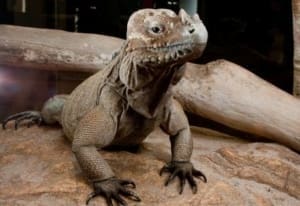
Rhino iguana UV lighting –
Heat may not be needed during the night if the ambient temperatures don’t fall below 21 ºC (70 ºF). You can set the lights and heat to stay on automatically for 12 hours on and give them 12 hours of night time.
It’s important to comprehend temperature zoning in an enclosure where ventilation is paramount to establish the enclosure zoning for the new pet rhino iguana. Enclosures such as tanks of box type with sliding glass door are very difficult to ventilate properly. Most off the shelf enclosures do not provide sufficient ventilation. Thus the enclosure will be near impossible to temperature-zone properly.
The caution is if the room is not heat/cool regulated, A. the enclosure must have alternate heat source, and B. A temperature controller to ensure when the room temperature rises beyond a certain point, the basking lamp and other heat generating sources must be turned off else the enclosure’s temperature will exceed what the iguana’s limits in rather a short period of time.
|

